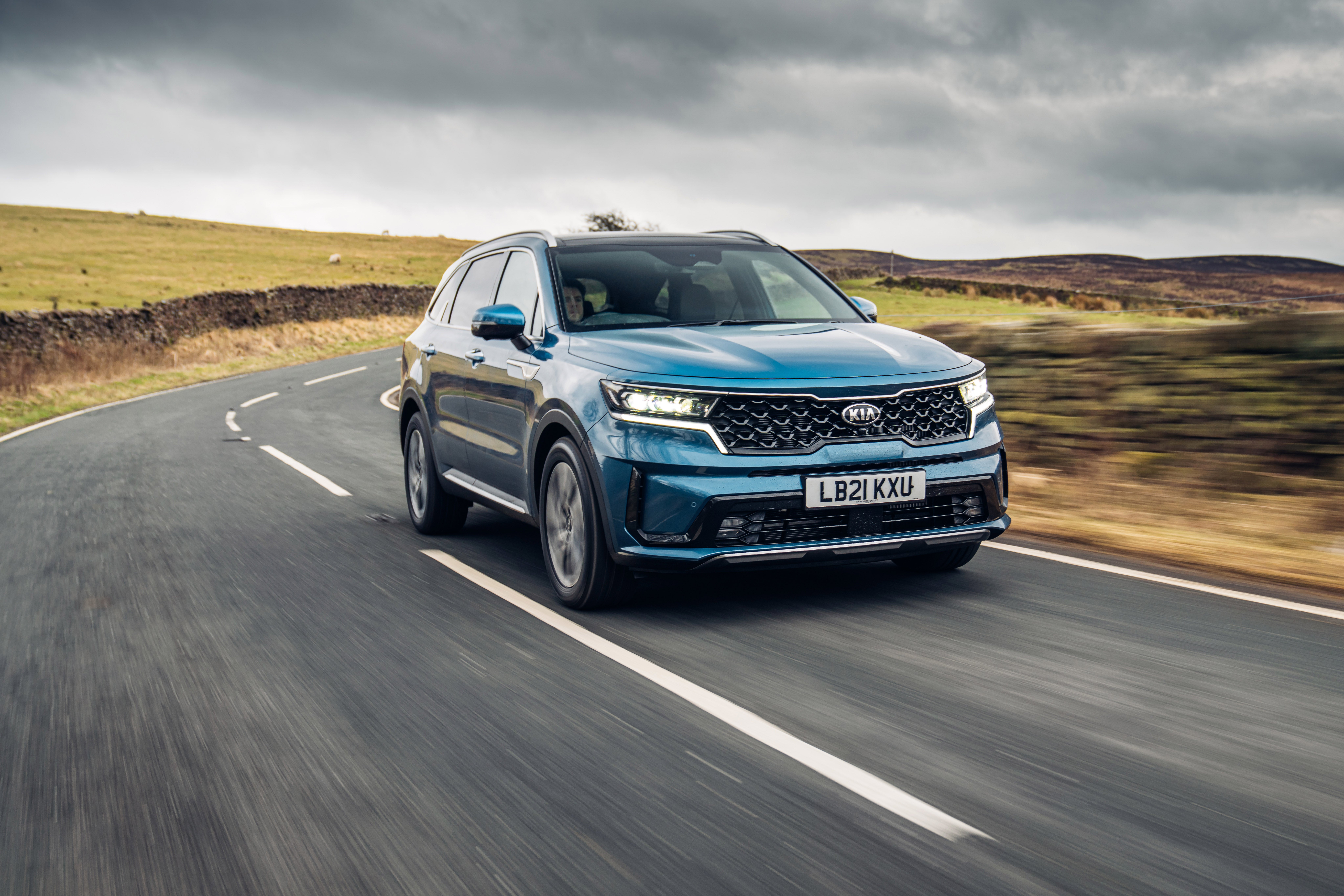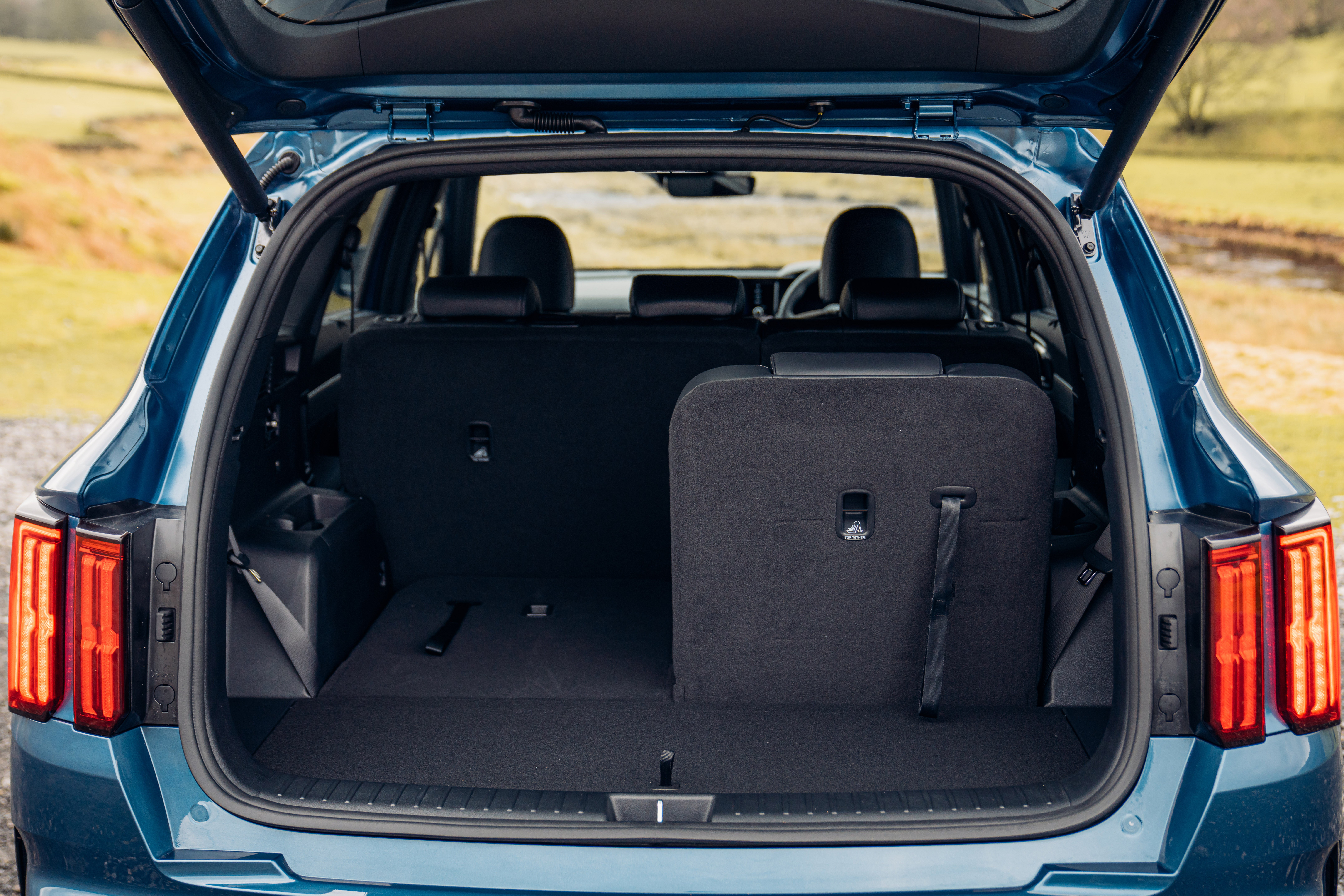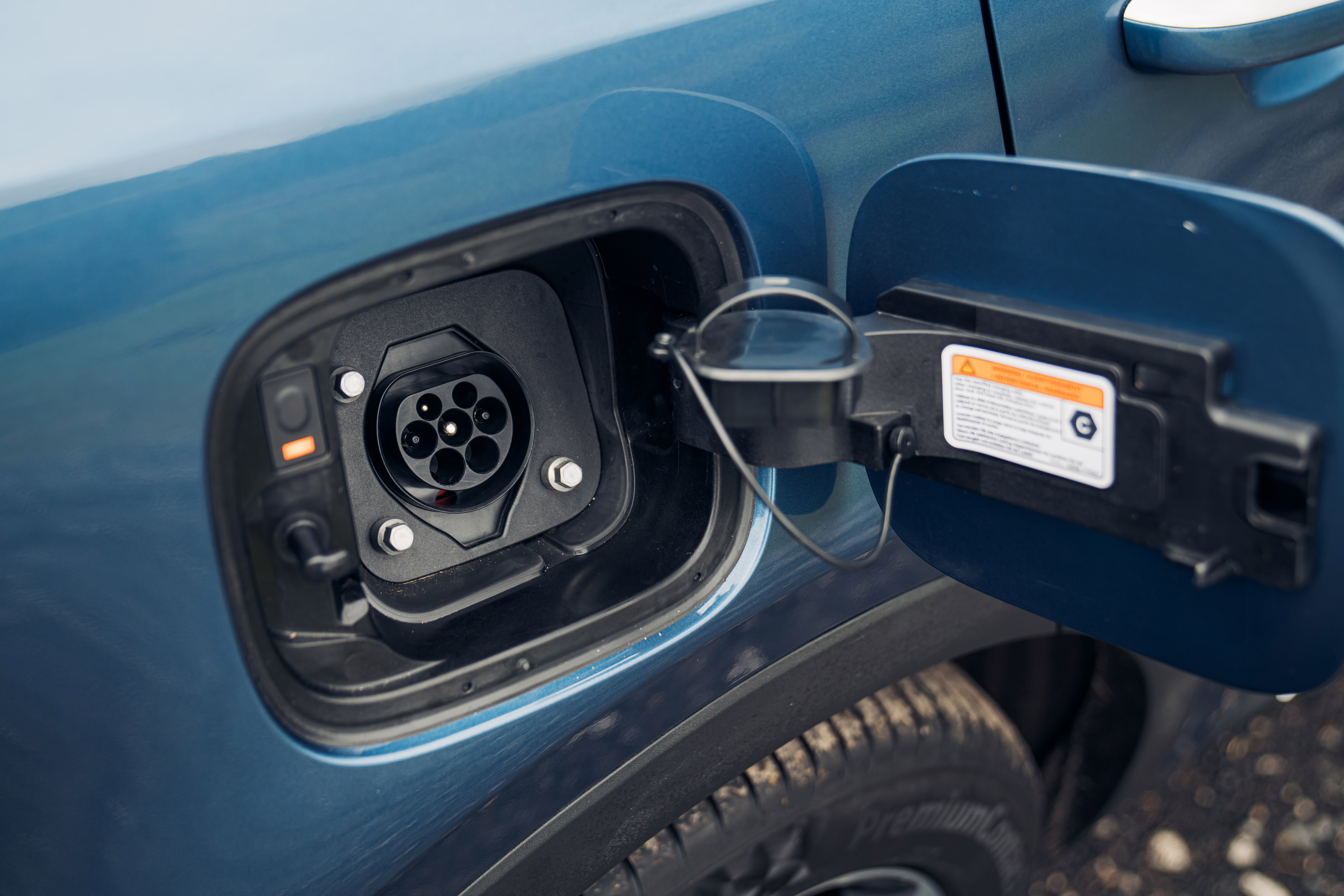Kia Sorento ‘3’: a gigantic lump of fine engineering
This Kia Sorento is a hugely capable machine, and is capable of giving good service for a decade and more, but it does command a list price of £50,000, writes Sean O’Grady


Your support helps us to tell the story
From reproductive rights to climate change to Big Tech, The Independent is on the ground when the story is developing. Whether it's investigating the financials of Elon Musk's pro-Trump PAC or producing our latest documentary, 'The A Word', which shines a light on the American women fighting for reproductive rights, we know how important it is to parse out the facts from the messaging.
At such a critical moment in US history, we need reporters on the ground. Your donation allows us to keep sending journalists to speak to both sides of the story.
The Independent is trusted by Americans across the entire political spectrum. And unlike many other quality news outlets, we choose not to lock Americans out of our reporting and analysis with paywalls. We believe quality journalism should be available to everyone, paid for by those who can afford it.
Your support makes all the difference.The Kia Sorento is the ultimate symbol of everything that is right and everything that is wrong with car industry. I can explain.
First, it is a gigantic lump of fine engineering. It’s a seven-seater, with the option of one or two retractable jump seats for kids in the boot, and has acres of space inside its easily accessible interior. Somehow they’ve managed to create sufficient room for five adults, two children, some luggage (albeit less if carrying a full complement of seven), a 1.6 litre petrol engine, smooth automatic gearbox, an electric motor and battery pack, for hybrid operation, plus a plug-in capability, some plush quilted leather seats, big touchscreens and all the electronic gadgetry people demand (well if they can afford it) from their family transport. That means autonomous driving aids such as lane keeping and adaptive cruise control, parking cameras, automatic emergency braking, blind-spot alerts and climate control. Plus a proper four-wheel drive system for off-roading, with mud, sand and snow settings, and power points everywhere. Plus the usual seven-year Kia warranty.
THE SPEC
Kia Sorento ‘3’ 1.6 PHEV Auto AWD
Price: £49,555 (as tested, range starts at £39,350)
Engine: 1.6 litre 4-cyl petrol, 6-sp auto + elec motor
Power output (bhp): 261
Top speed (mph): 119
0 to 60 (seconds): 8.4
Fuel economy (mpg): 176.6 (equiv, incl electric use)
CO2 emissions: (WLTP, g/km): 38 (incl electric use)
It’s hard to see what’s lacking in fact, with this two-tonner. You get all the kit you’d find in most of its competitors, it’s almost as “smart” a brand as the likes of Skoda or Volvo, it’s mostly as capable and cheaper (though not that much) than the likes of a Mercedes-Benz GLB, and will probably be more reliable than an equivalent Range Rover Sport. It’s a good looking machine, albeit in the slightly generic square-jawed big grille SUV way of our times, and it should last you out.
The all-new Kia Sorento gives its customers everything that they want and that is the “problem”, really – nothing to do with the car itself or the company that makes it. The problem is that so many people want to drive these cars because they simply love the SUV proposition. They prefer the high driving position, even though it means a higher centre of gravity and, ceteris paribus, inferior handling. They like the soft, pliant ride, despite a bit of a roll on corners. They demand four-wheel drive though it’ll never tackle anything more mountainous than the car park at Asda. They like the tax breaks and green image of a plug-in hybrid electric vehicle (PHEV), even though these heavy, over-engineered cars arguably represent the worst of all worlds, and are sometimes rarely plugged in to get the 35 miles of pure electric power they can deliver after a three-hour charging session at home. Most of the features in the more abstruse corners of the touchscreen menus will remain unused, such as the strange ambient mood music options, one including “busy coffee shop”.


What consumers don’t want these days, so much, are hatches and saloons and estates. They don’t even want the people carriers that were so popular a few years back. Makers such as Renault (Espace/Scenic), Citroen (Picasso) and indeed Kia have had to move over to making SUVs or risk losing sales. The old Sorento was much more like a people carrier than an SUV, and the versatile and roomy Sedona has long been supplanted by the Kia Sportage, a “crossover” semi-SUV, like the Nissan Qashqai, another favourite with the public.
Yet the hate campaign against the SUV continues, because they’re big and thirsty; but the car makers were aren’t forcing people into them, or manipulating them with Clockwork Orange-style subliminal advertising, or giving them away. Not at all. This Kia Sorento is a hugely capable machine, and is capable of giving good service for a decade and more, but it does command a list price of £50,000, still enough to buy a flat in parts of the country, or as a lease plan at around £350 per month, plus deposits and final payments to buy it. It’s a concrete, monetary measure of how tastes in car ownership have been trending, and, no, it’s not great news for the planet. As it happens, Kia also make excellent, smaller electric models such as the e-Niro and Soul, but the punters want Sportage and Sorento too. So what is wrong with the car industry is its customers and their strange un-green preferences. We have only ourselves to blame for the rise of the SUVs, and we may as well admit it.
Join our commenting forum
Join thought-provoking conversations, follow other Independent readers and see their replies
Comments